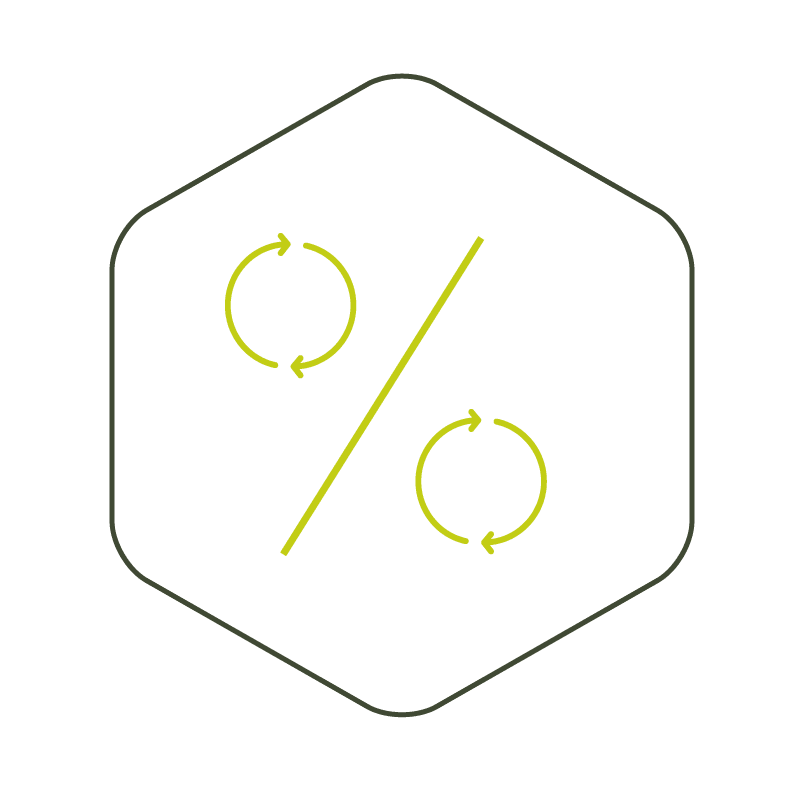The Life Cycle
We analyze our products’ lifecycle and constantly look for opportunities to optimize our product range and our supply chain. For our analysis we divide a product life cycle in three phases.
Cradle: Our recycled fabrics are produced all across the world. In our line of (upholstery) business, we only work with suppliers who are capable of developing great sustainable products at a price-quality ratio that meets our standards. We then measure the environmental impact to make sure our footprint is being reduced significantly.
Gate: Our recycled fabrics are transported to our clients who use it for the production of their furniture or beds. Once the products are ready, they will be taken to the shops or delivered to your doorstep.
Grave: You buy your bed or sofa in the store or online. At home, follow the maintenance instructions, enjoy your purchase, and take good care of it, so it lasts longer.
For the moment, we focus on the cradle-to-gate scenario, where we can do our part by minimizing our supply chain’s footprint. We believe this focus is needed for now to ultimately reach the long-term goal of a full circular economy. In the meantime we will inspire our partners, clients and consumers to join our sustainable journey.
Our supply chain
Click here for a closer look
We discovered that in our supply chain the biggest impact is made during the production of the ‘virgin’ yarns. So our first order of business is to tackle this status quo and start using more recycled materials.
